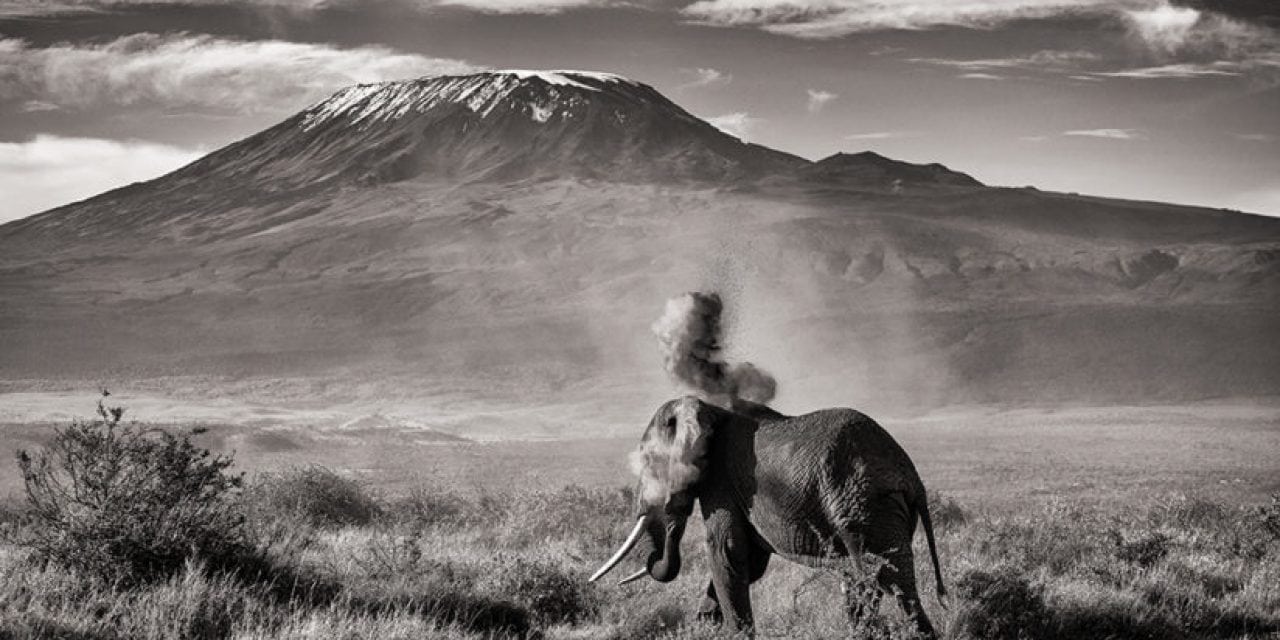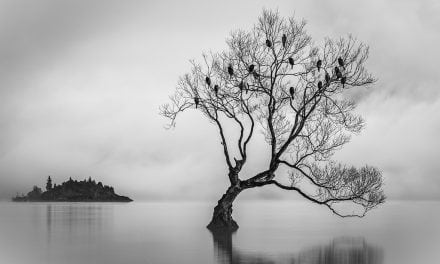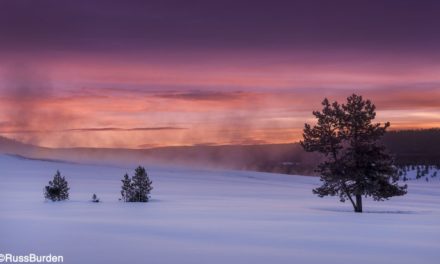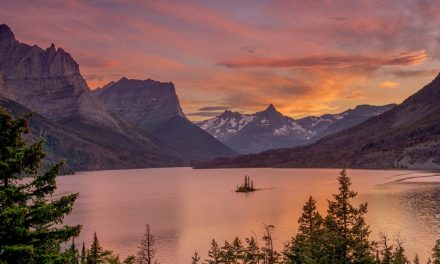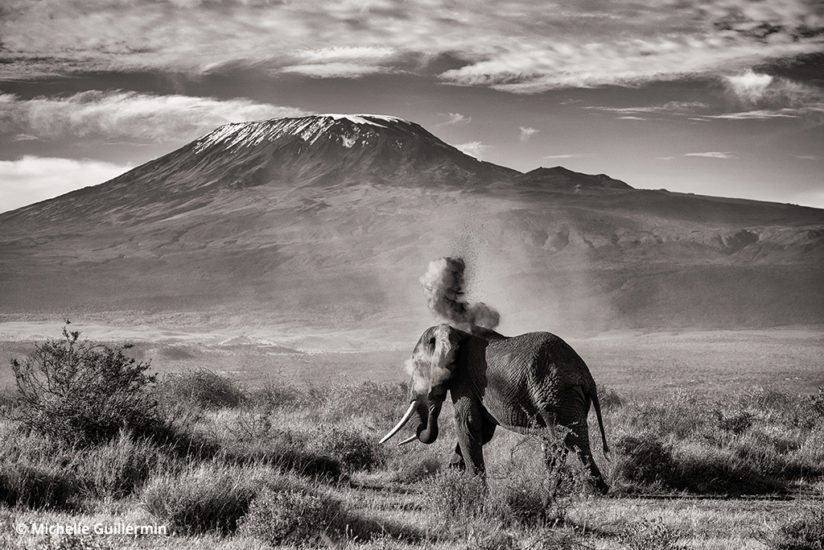
Had I been less determined, the look on Sam’s face would have given me great doubt about my planned adventure. “You’re going to Kitenden? You know it’s … thick?” Sam is a well-respected guide and shareholder with the high-end safari outfitter Ker & Downey and knows the Kitenden Wildlife Corridor and the Amboseli region well. He didn’t see this newly opened protected area as the first item on most guests’ list. I was determined to prove him wrong.
The story behind the Kitenden Wildlife Corridor was the biggest draw. Elephants have been following the same paths for generations, traveling hundreds of miles in their daily quest for water, food and safety. As the human population has grown, we have built roads and buildings along these same routes — resulting in inevitable human-wildlife conflict that generally doesn’t end well for either party.
Each morning, most of the 1,600 elephants that occupy the Amboseli eco-region move from the slopes of Kilimanjaro to the national park, an extensive lake bed with swamps, lush green vegetation and one of the best track records for elephant protection. Each evening, they return to the mountain. Until recently, there was a gap between the park and the mountain, with villages starting to form along the way, increasing problems for both elephants and people. This was the problem that the Kitenden Conservancy solves.
East Africa, while a paradise for tourists, faces real economic challenges for its citizens. The wealth of the local tribes, who own much of the land, is predominantly demonstrated through their cattle, goat and sheep herds, all of which require significant grazing territory. Many of the tribes are traditionally nomadic, making it difficult to define borders and barriers between wildlife and the flocks. Families are fed from village gardens. If an elephant tramples your garden or a lion kills your livestock, your family may go hungry.
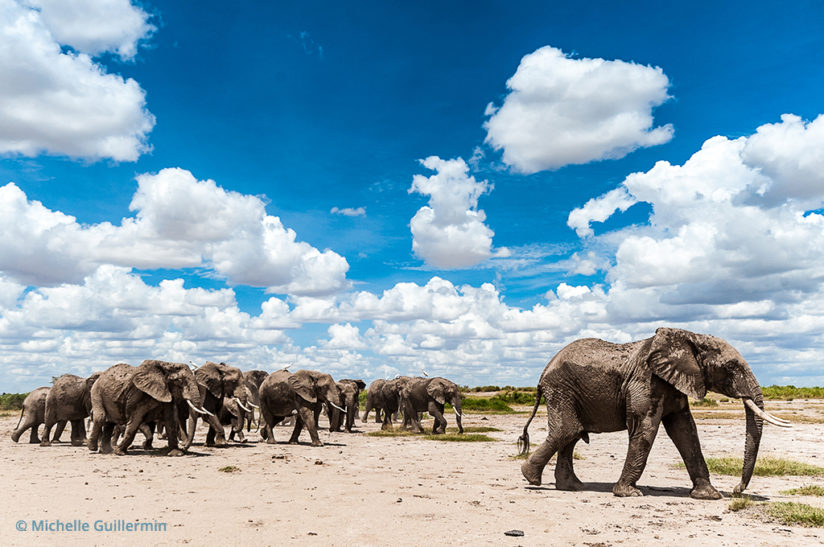
Wildlife conservation efforts have moved toward community partnerships to ensure that solutions work for both the local inhabitants and the wildlife. The International Fund for Wildlife and the African Wildlife Trust worked with the local Olgulului-Olalarashi Group Ranch (OOGR) community in Amboseli to protect 26,000 acres to allow the elephants to move safely between the park and the mountain. They leased this land from the local community to protect it from unsustainable development, fencing, agriculture and damage. The conservation plan doesn’t stop here — it addresses education for local children, training of community rangers, sustainable tourism and infrastructure, with revenue flowing directly to the community.
I was excited to visit the Kitenden Wildlife Corridor in its early stages, eager to see the “before” in anticipation of the “after.” There is no regular tourism in the area yet, so I turned to a Masai guide — no, a Masai friend — who had shown me the wonders of Amboseli in the past. Eric Ole Kalama loves elephants. He worked for years at the Amboseli Trust for Elephants (ATE), recording the movements, the happy births and the sad deaths of the various herds. When you visit Amboseli with Eric, you greet the elephants by name. He carries a book with photographs in case his memory, which is usually right, fails him. He continues to record his sightings and shares with ATE. Eric also worked on the Kitenden project.
The Photo Experience In Kenya’s Kitenden Wildlife Corridor
Each morning, before the sun came up, we bundled into our safari vehicle and drove toward the mountain. The approach to Kitenden Wildlife Corridor still bears the wounds of unplanned development. Concrete block buildings topped with tin roofs and colorful signs promoting money transfers and western products line deeply rutted dirt roads. Wire fencing haphazardly clings to leaning posts or pools on the ground. We’d hear the happy cries of school children arriving for morning classes.
Soon, we’d turn off the road amongst brush and sandy paths. We’d weave our way through the rough terrain and, most times, dodge deep animal dens. Then we’d start to see the outline of the mountain at sunrise.
It is difficult to describe the sheer glory of an African sunrise. Deep reds, yellows and pinks explode in the sky. Zebra engulfed in dust clouds take on a golden glow as they dart away from the intruders. Acacia trees in silhouette provide the landscape we envision in our dreams of Africa. As the sun rises, the glaciers on Kilimanjaro take form and photographers abandon all restraint, motor drives whirring wildly as each moment is better than the last. And then, quickly, it is over.
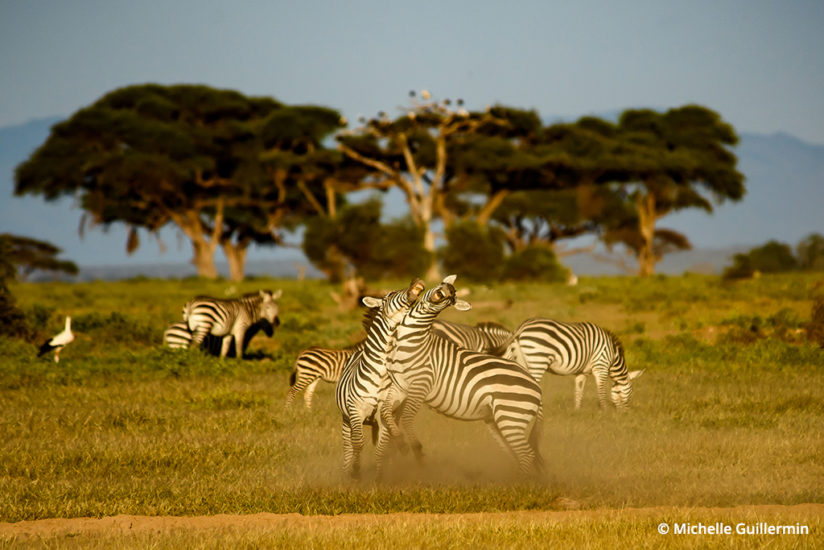
I always find a brief moment of peace when the sun rises above the horizon. Even though this is repeated each day, I am surprised at the beauty anew. Quiet, just for a moment, before life begins again. We have a couple hours of cooler temperatures before the sun becomes overpowering. Birds begin to move, we hear their calls increase, and the quest for elephants begins.
I also feel a moment of panic. As you look across the scrubby bushland, you see nothing other than birds. How on earth will we see elephants when there are none on the horizon?
Eric turns the vehicle with purpose toward the mountain. In a few short moments, we see a lone bull walking toward us. He appears to move in slow motion but covers an immense amount of ground in short order. He moves between us and the mountain — the quintessential Kilimanjaro photograph — periodically turning to look at us, finding no threat. His ears open and close against his head. Snap, snap; did I get the shot with him looking at me, mountain in the background, ears open, face to the light?
Behind him, we start to see bushes appear to move. As we pull our binoculars to our eyes, we see that these bushes are instead a large herd of elephants following the bull into the park. As they come closer, we count to 50, then 75, then at 100 stop counting. Mothers, babies, young males and sisters form a complex system within the herd. Though we are there to photograph, each one of us periodically drops our camera and just watches.
The maternal herd dynamics are fascinating. Mothers, who carry their babies for almost two years before birth, stay with those babies for many years. It is easy to recognize big sisters and little brothers through the stair-stepping of their height. Big sisters and aunts help with the care of the little ones. Young males practice their battles much like young humans practice sword fights with yardsticks and broom handles.
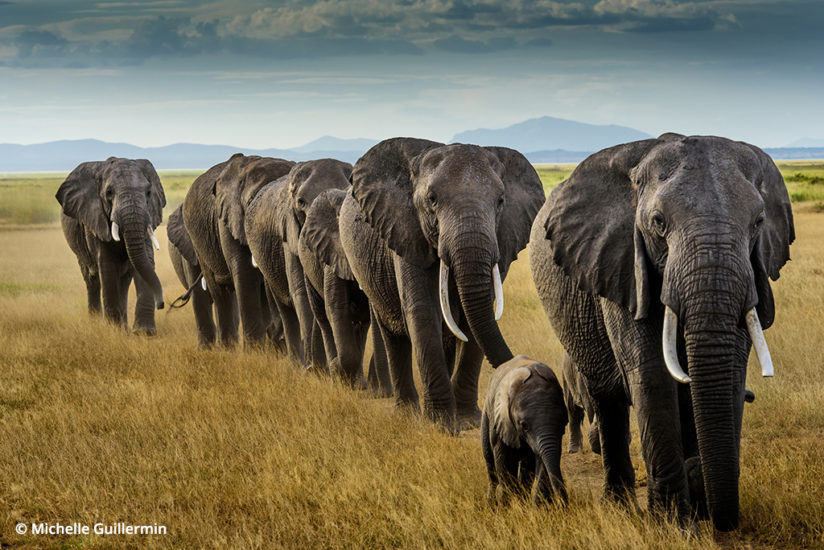
Each day follows the same pattern but provides new and exciting sights: a coalition of cheetah hunt for prey; clouds of tiny white butterflies dance amongst the elephant herds; swarms of red-billed queleas rise up as a single organism and move from bush to bush; a leopard tortoise ambles, with surprising speed, from shade to shade.
The presence of community policing is evident but not overpowering. One morning, we looked up with surprise when we heard a motorbike approach. Eric and the driver spoke in the Masai dialect of Swahili, and he puttered away. We learned that he is one of the community members tasked with ensuring that if you are in Kitenden, you are allowed to be.
Another day, four men dressed in olive green uniforms approached us on foot. Eric introduced us to the rangers from the Big Life Foundation. Big Life was founded by British photographer Nick Brandt and Kenyan conservationist Richard Bonham. Their program has built up in a smart, effective manner, providing rangers, anti-poaching activities and predator compensation to communities. The rangers we met, armed only with their flip phones, didn’t have much opportunity to see the animals they were there to protect, so we invited them into our vehicle and drove into a large herd. The awe and wonder on their faces as they snapped photos of the elephants (and, curiously, of us) were one of the greatest gifts we received on this trip. After a few moments, they jumped out and returned to their patrols.
Planning Your Elephant Safari In Kitenden Wildlife Corridor
Development in Kitenden Wildlife Corridor is slow and deliberate, and not yet ready for full-scale tourism. Certain outfitters do have permission from the community to take limited numbers of guests into the conservancy. If you locate these outfitters, you can combine the richness of Amboseli National Park with Kitenden and potentially other private conservancies for an elephant experience you will never forget.
Equipment Recommendations
A wide range of focal lengths is important, as the various areas allow you different access to the animals. In Kitenden Wildlife Corridor and other surrounding private conservancies, I generally find that I am shooting between 150mm to 200mm. In Amboseli, where you must remain on the roads, a longer focal length is necessary. And, for the birders, there’s nothing like a long prime lens.
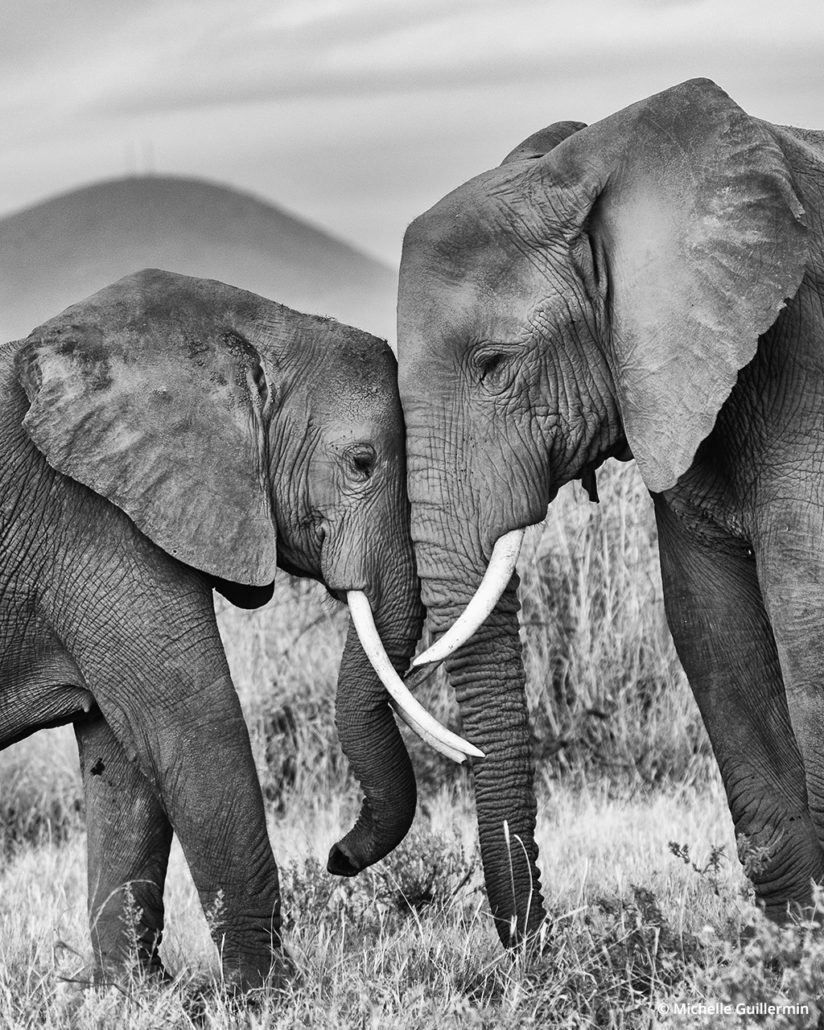
Most safari vehicles provide bean bags, allowing you to steady your camera on the roof or windowsill. I have never found tripods or monopods of particular benefit when in the vehicle, but you might have opportunities for smaller species photography or nighttime exposures of the Milky Way at your lodge.
The best tip I can give is to bring at least two camera bodies if you intend to use multiple lenses. The conditions are extremely dusty, and changing lenses in the field can bring all kinds of problems. Plus, as that elephant walks toward your vehicle with its trunk outstretched, the last thing you want to do is ask him to wait while you change to a wide-angle lens.
Shooting from the vehicle allows you to work from a camera case that holds more than the typical backpack. However, you will likely be limited by weight if you travel on a scheduled bush flight. Ask your outfitter how they will accommodate excess weight. I usually hire a car to drive to the lodge, holding all non-camera gear, so we can take our kit on the flight.
When To Go To Kitenden
Kenya straddles the equator, so it enjoys fairly consistent conditions year-round. It’s best to avoid the rainy seasons, generally May and November, when the dirt roads become impassable.
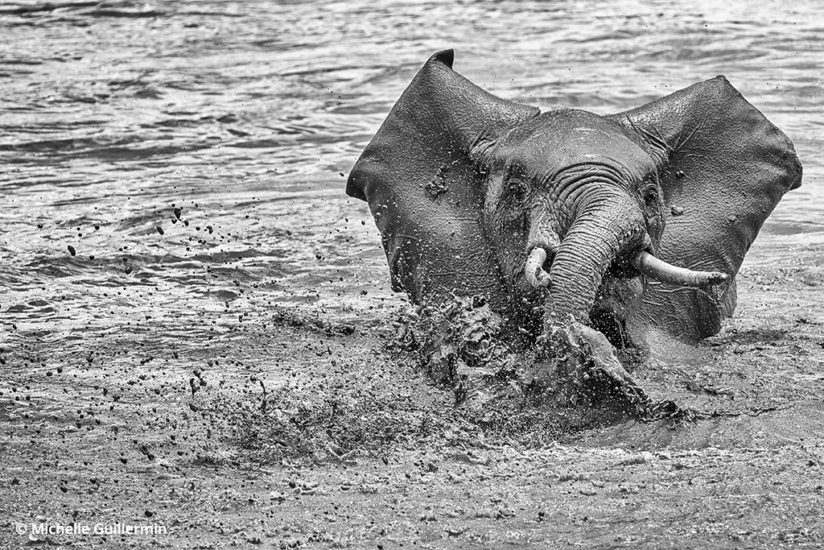
Additional Travel Considerations
- The power sockets used are Type G3 — large flat prongs — and the voltage is generally between 220-240.
- Lodges operate on gas- or solar-powered generators, which are turned on and off according to the lodge’s schedule. Usually the power is on in the morning and evening, but turned off during the day and after midnight. You will be able to charge batteries, cell phones and laptops but won’t be able to use small appliances like hair dryers.
- Internet and WiFi are very specific to your lodge. Nowadays, most lodges have WiFi that is available when the power is on. Kenya also has an excellent cell phone system that allows you to upload photos from your trip to social media. Check with your cell phone provider before leaving about travel rates. Don’t count on internet during your stay, and be happily surprised when it is available.
- Visas are typically required to enter Kenya. They can be purchased upon arrival, but lines are long. It is best to obtain a visa before you leave your home country.
- Nairobi’s Jomo Kenyatta International Airport (NBO) is easily accessible by direct flights from Europe and the Middle East. Recently, there have been indications that direct flights from the U.S. will resume, but at present, you must take a connecting flight.
- Domestic flights within Kenya have strict luggage weight restrictions. Fifteen kilograms (33 pounds) per person are allowed. Many times, not only will an excess baggage charge be incurred, but your bags may not be carried on your flight to your lodge.
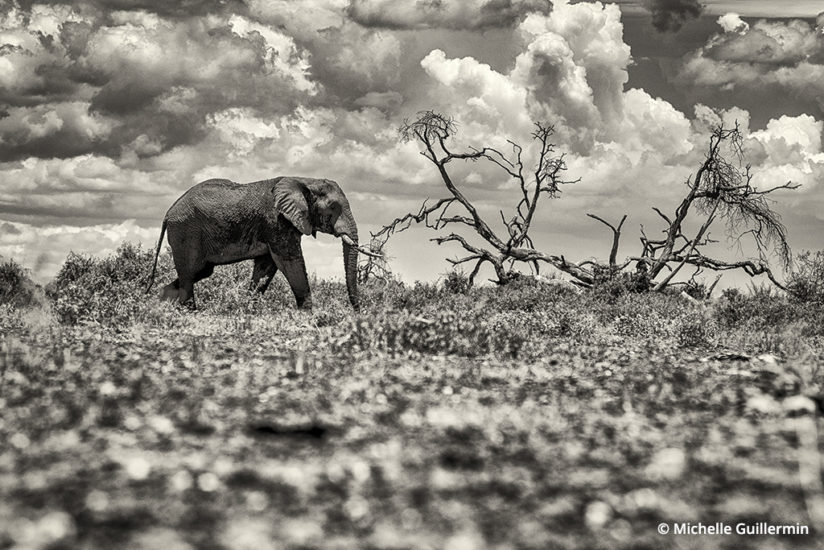
A trip to Kitenden Wildlife Corridor really requires you use an outfitter with access and wildlife experience specific to the area. A photo workshop or a guided safari will be the best way to maximize your wildlife viewing and ensure your safety and enjoyment. An added bonus is that your guide and your fellow travelers will become lifelong friends, as you will have shared a unique experience that few have been able to find.
See more of Michelle Guillermin’s photography at guillermin.com.
The post Kitenden Wildlife Corridor appeared first on Outdoor Photographer.

